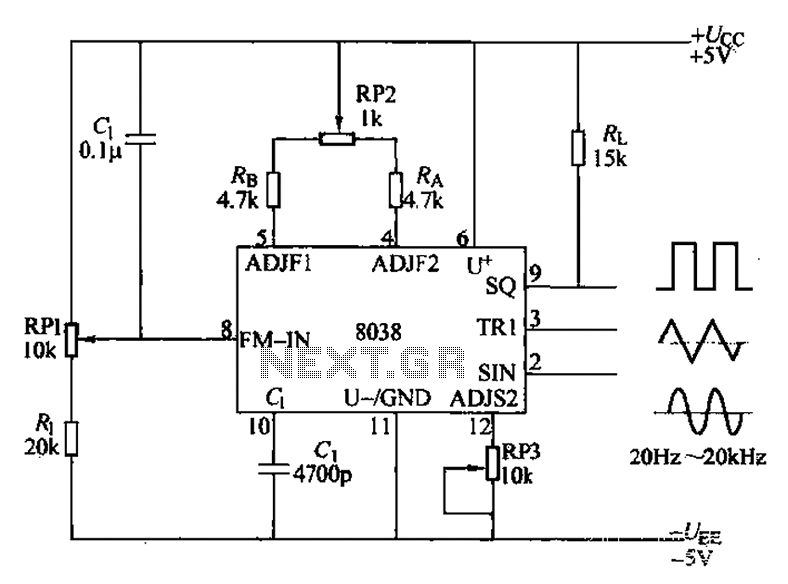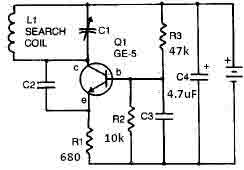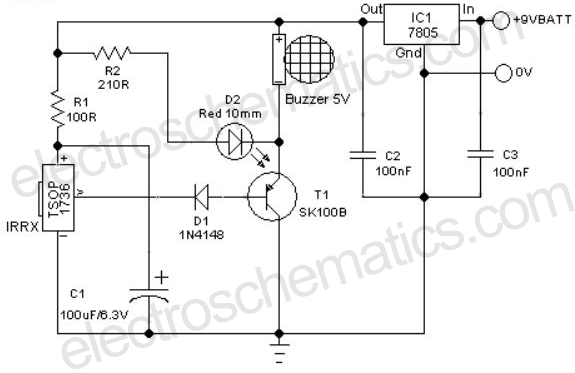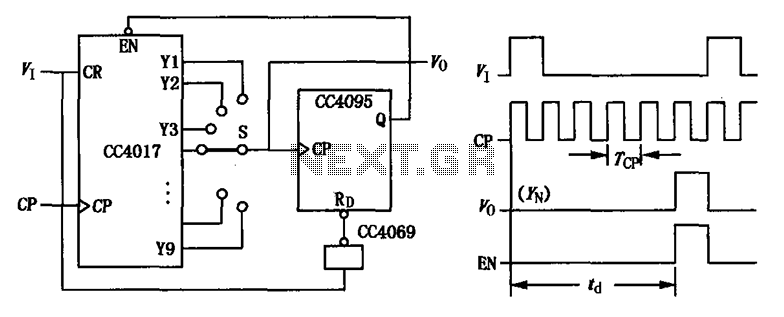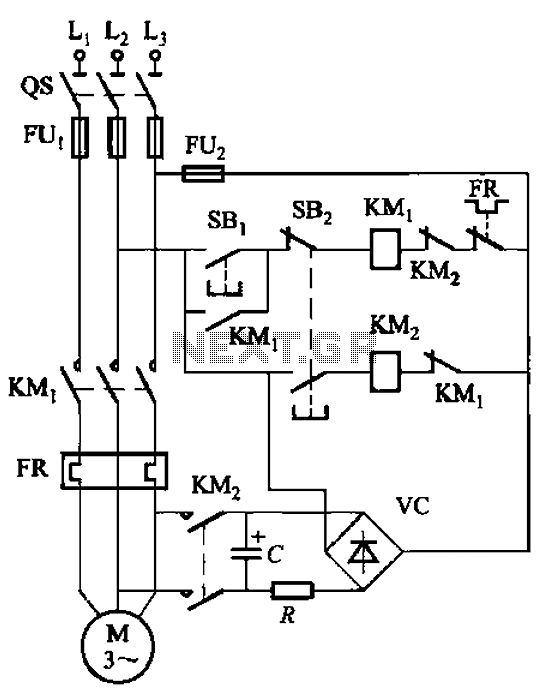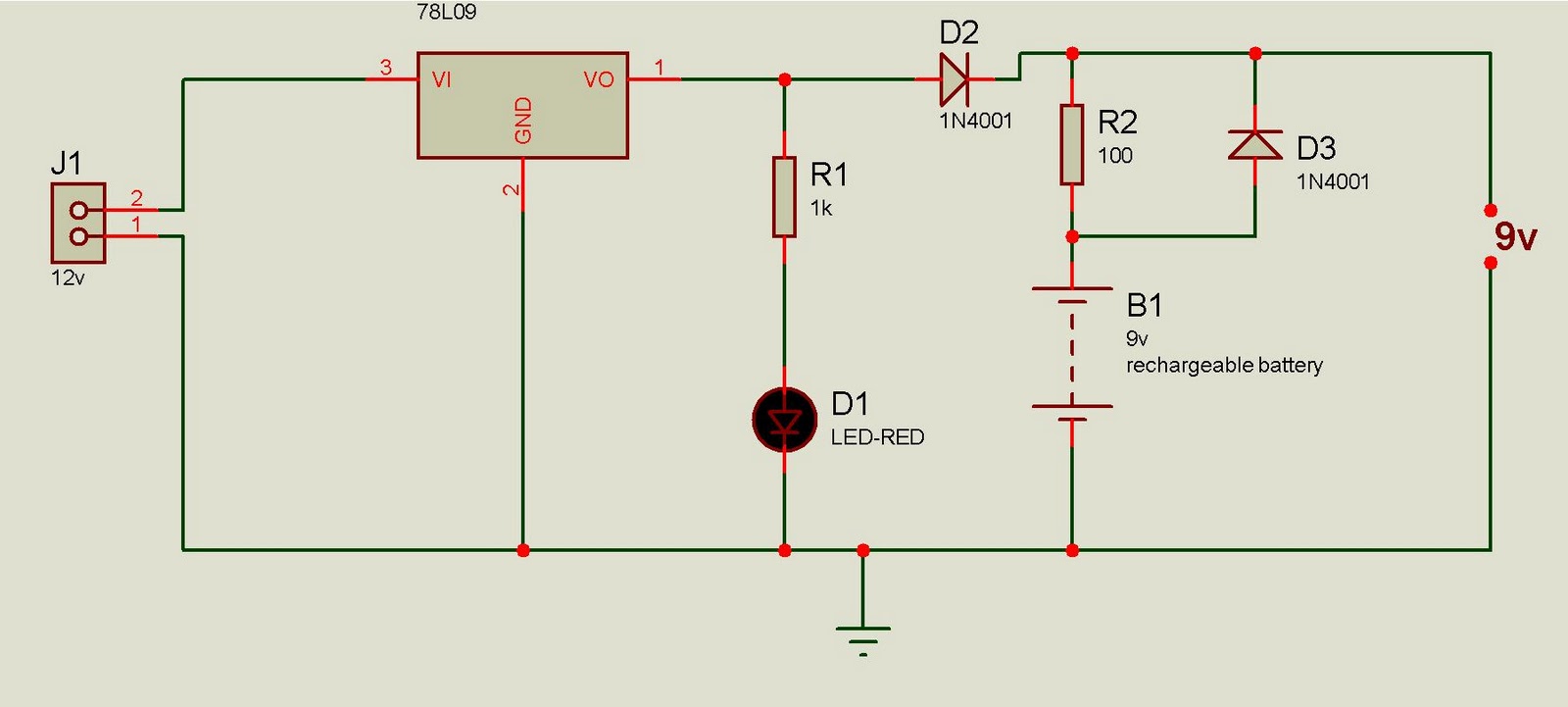
Inexpensive Isolation Transformer (Impromptu Setup) Circuit
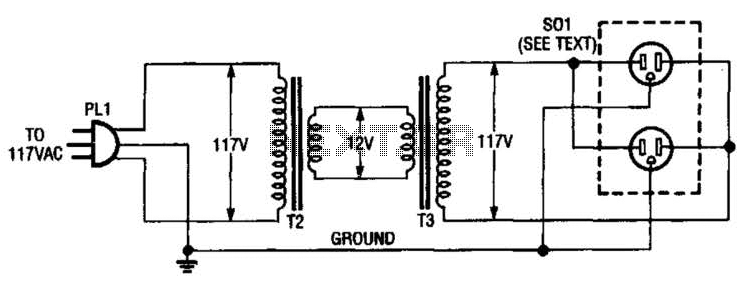
An isolation transformer for low-power applications (under 50 W) can be constructed using two 12-V filament or power transformers. This setup includes a standard duplex AC receptacle. It is important to utilize heavy-wire connections between the 12-V windings, as several amperes may flow through the circuit.
To construct the described isolation transformer, the two 12-V transformers should be connected in such a way that the primary winding of one transformer is connected to the secondary winding of the other. This configuration allows for electrical isolation between the input and output, which is crucial for safety when testing or servicing electrical devices. The transformers should be rated for at least 50 W to ensure they can handle the load without overheating.
The use of a duplex AC receptacle enables the connection of standard electrical devices for testing purposes. It is essential to ensure that the transformers are properly rated for the intended voltage and current levels. Heavy-gauge wire must be used for the interconnections between the 12-V windings to minimize voltage drop and heat generation due to high current flow.
In terms of safety, it is advisable to incorporate fuses or circuit breakers in the circuit to protect against overload conditions. Additionally, proper insulation and secure mounting of the transformers will help prevent accidental contact with live parts, enhancing the safety of the testing setup. Proper grounding of the transformer chassis and receptacle is also recommended to prevent electric shock hazards.
This isolation transformer setup is particularly useful for servicing low-power devices, as it provides a safe testing environment while ensuring that the equipment under test is isolated from the mains supply. Using two 12-V filament or power transformers, an impromptu isolation transformer can be made for low-power (under 50 W) use in testing or servicing. SOI is an ordinary, duplex ac recept-able. Use heavy-wire connections between the 12-V windings because several amperes can flow. 🔗 External reference
To construct the described isolation transformer, the two 12-V transformers should be connected in such a way that the primary winding of one transformer is connected to the secondary winding of the other. This configuration allows for electrical isolation between the input and output, which is crucial for safety when testing or servicing electrical devices. The transformers should be rated for at least 50 W to ensure they can handle the load without overheating.
The use of a duplex AC receptacle enables the connection of standard electrical devices for testing purposes. It is essential to ensure that the transformers are properly rated for the intended voltage and current levels. Heavy-gauge wire must be used for the interconnections between the 12-V windings to minimize voltage drop and heat generation due to high current flow.
In terms of safety, it is advisable to incorporate fuses or circuit breakers in the circuit to protect against overload conditions. Additionally, proper insulation and secure mounting of the transformers will help prevent accidental contact with live parts, enhancing the safety of the testing setup. Proper grounding of the transformer chassis and receptacle is also recommended to prevent electric shock hazards.
This isolation transformer setup is particularly useful for servicing low-power devices, as it provides a safe testing environment while ensuring that the equipment under test is isolated from the mains supply. Using two 12-V filament or power transformers, an impromptu isolation transformer can be made for low-power (under 50 W) use in testing or servicing. SOI is an ordinary, duplex ac recept-able. Use heavy-wire connections between the 12-V windings because several amperes can flow. 🔗 External reference
